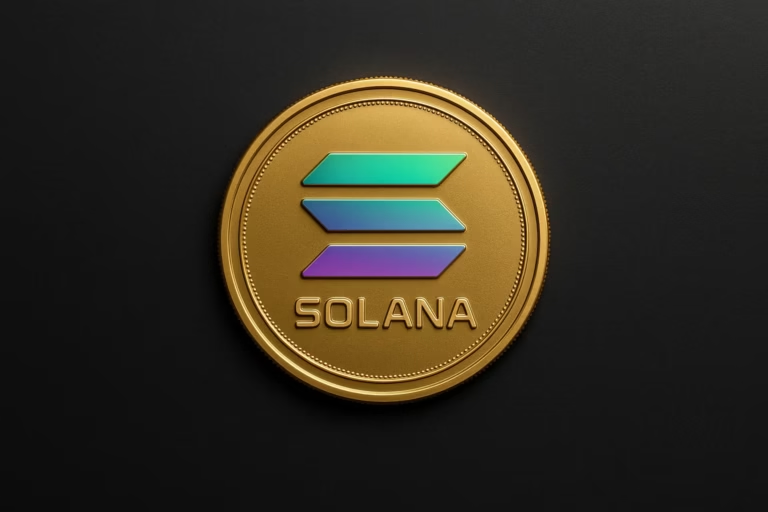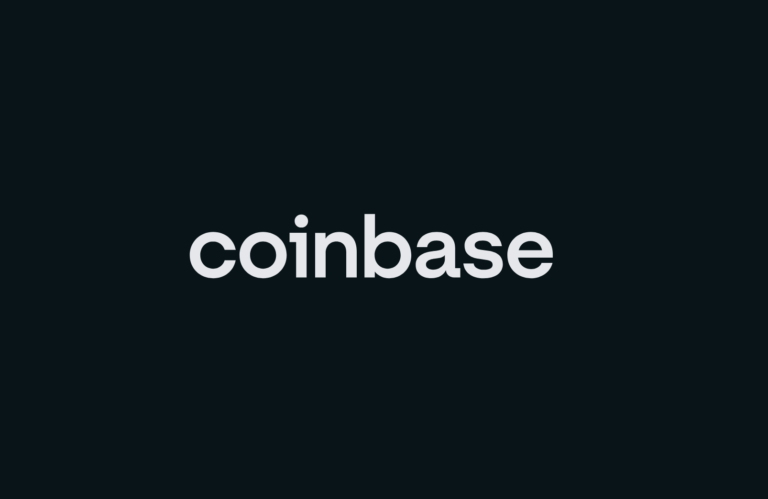
- Ethereum is spearheading a financial revolution by becoming a pivotal platform for the tokenization of real-world assets, notably excelling in digital bond issuances.
- Its flexible design, ongoing upgrades, and institutional adoption signal a transformative shift in the landscape of digital finance, offering solutions to longstanding challenges and paving the way for broader accessibility to financial instruments.”
In the ever-evolving landscape of digital finance technologies, Ethereum has emerged as a key player, paving the way for the tokenization of real-world assets. This transformative development holds immense potential, promising to reshape traditional financial processes and enhance accessibility to various instruments.
Unlocking the Potential: Overcoming Key Hurdles
Distributed ledger technology (DLT), with blockchain at its forefront, has become a driving force behind digital bond issuances. The promise of reducing intermediaries in the issuance process, improving operational efficiency, and potentially cutting costs has garnered significant attention. However, Moody’s identifies critical hurdles that DLT-based technologies must overcome for widespread adoption. These include a lack of interoperability and standardization among DLT systems, unreliable digital cash options, regulatory uncertainty, and technology risks.
Institutional Adoption on the Rise
In recent months, institutions have increasingly embraced permissionless blockchains through pilot studies and real transactions. Ethereum, with its robust ecosystem of applications and networks, has become a frontrunner for many. The platform’s open-source nature provides a solid foundation for developers to create solutions for sharing data and value across different networks.
Ethereum’s Flexibility and Future Upgrades
Ethereum’s appeal lies in its flexible design and a multi-year plan for upgrades, addressing key challenges such as interoperability. This adaptability has positioned Ethereum as a preferred platform for digital bond issuances. Notable institutions, including the European Investment Bank, have issued bonds on Ethereum. The blockchain also underpinned a significant event in 2023 – the issuance of a €10 million senior unsecured digital green bond by Société Générale, a transaction rated by Moody’s.
The Path Forward: Interlinking Blockchain Networks
Moody’s envisions a future where public blockchain networks like Ethereum become more interlinked with traditional infrastructure. This integration is expected to enhance the use cases of blockchains, fostering industry growth. Ethereum’s role in digital bond issuances and real-world asset tokenization is a testament to its growing importance in the financial landscape.
As we navigate the evolving landscape of crypto and blockchain technologies, Ethereum stands out as a catalyst for change. Its ongoing upgrades and commitment to addressing industry challenges position it as a frontrunner in the journey towards a decentralized and interconnected financial future.
In conclusion, Ethereum’s role in facilitating the tokenization of real-world assets marks a significant step forward in the evolution of digital finance. As institutions increasingly recognize its potential, Ethereum’s influence is set to grow, bringing us closer to a financial landscape where traditional and blockchain-based systems seamlessly coexist.




